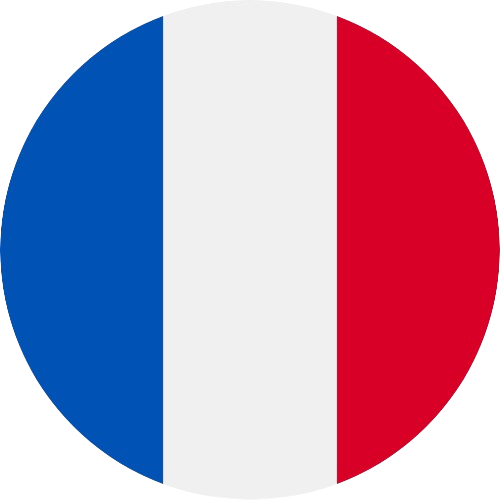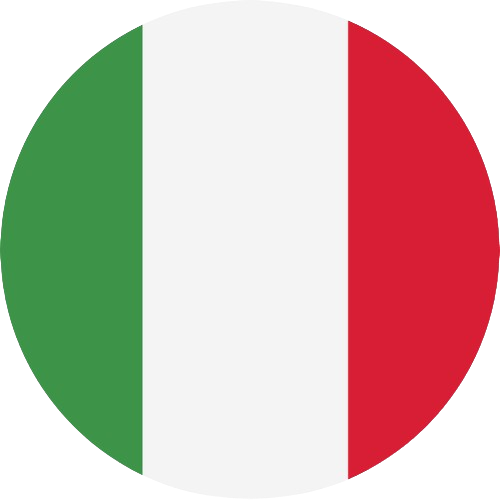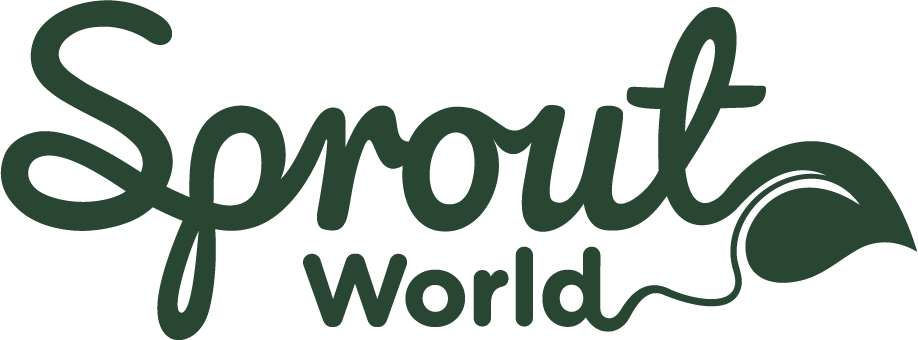- Home
- |
- Category: Blog
It seems we can't find what you're looking for. Perhaps searching can help.
It seems we can't find what you're looking for. Perhaps searching can help.
Select Language




Select Delivery Country
